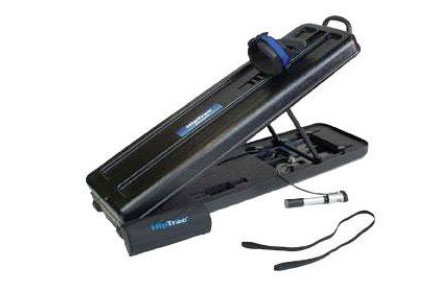

#PNEUMATIC COMPRESSION DEVICE FOR CANCER PATIENTS MANUAL#
In both cohorts, use of an APCD was associated with similar reductions in adjusted rates of cellulitis episodes (from 21.1% to 4.5% in the cancer cohort and 28.8% to 7.3% in the noncancer cohort P < .001 for both), lymphedema-related manual therapy (from 35.6% to 24.9%in the cancer cohort and 32.3% to 21.2% in the noncancer cohort P < .001 for both), and outpatient visits (from 58.6% to 41.4% in the cancer cohort and 52.6% to 31.4% in the noncancer cohort P < .001 for both). Results The study sample included 718 patients (374 in the cancer cohort and 344 in the noncancer cohort). Lymphedema-related direct costs were measured for home health care, hospital outpatient care, office visits, emergency department use, and inpatient care.

Main Outcomes and Measures Rates of cellulitis, use of lymphedema-related manual therapy, outpatient hospital visits, and inpatient hospitalizations. The study population was evaluated as cancer-related and non–cancer-related lymphedema cohorts. Patients with lymphedema who received an APCD who were commercially insured and Medicare managed care enrollees from a large, national US managed care health insurer. Objective To examine the impact of an advanced pneumatic compression device (APCD) on cutaneous and other clinical outcomes and health economic costs in a representative privately insured population of lymphedema patients.ĭesign, Setting, and Participants Retrospective analysis of a deidentified private insurance database from 2007 through 2013, and multivariate regression analysis comparing outcomes for the 12 months before and after APCD purchase, adjusting for baseline patient characteristics. Nevertheless, evidence-based comparative effectiveness data regarding lymphedema therapeutic interventions have been poor. Importance The prevalence and clinical burden of lymphedema is known to be increasing. Shared Decision Making and Communication.Scientific Discovery and the Future of Medicine.Health Care Economics, Insurance, Payment.Clinical Implications of Basic Neuroscience.Challenges in Clinical Electrocardiography.


 0 kommentar(er)
0 kommentar(er)
